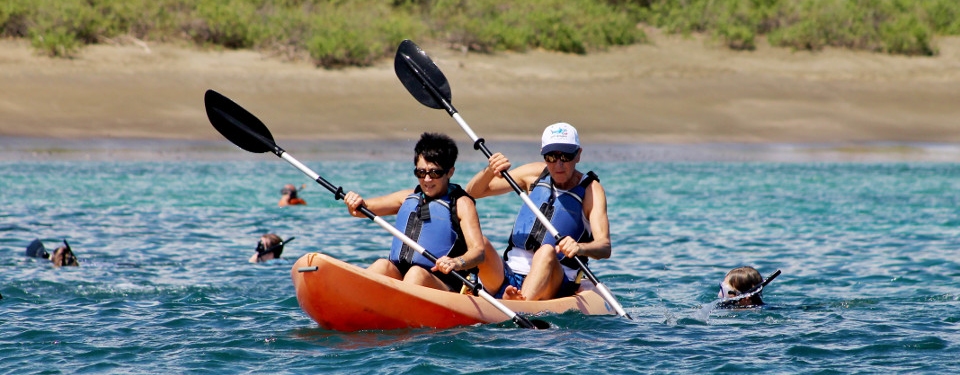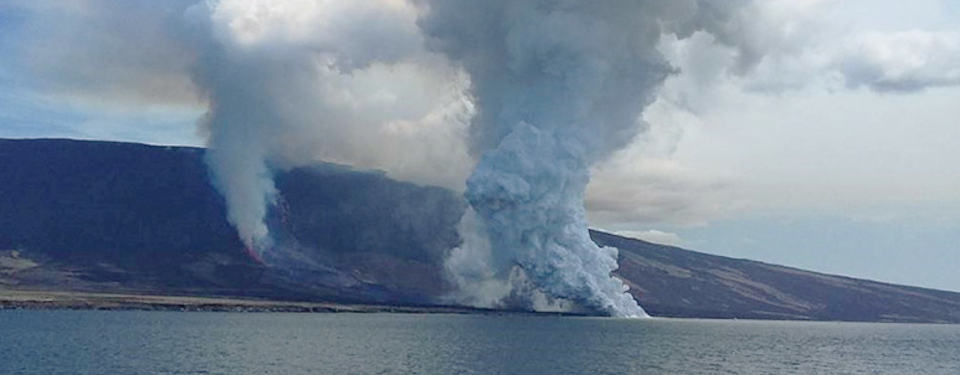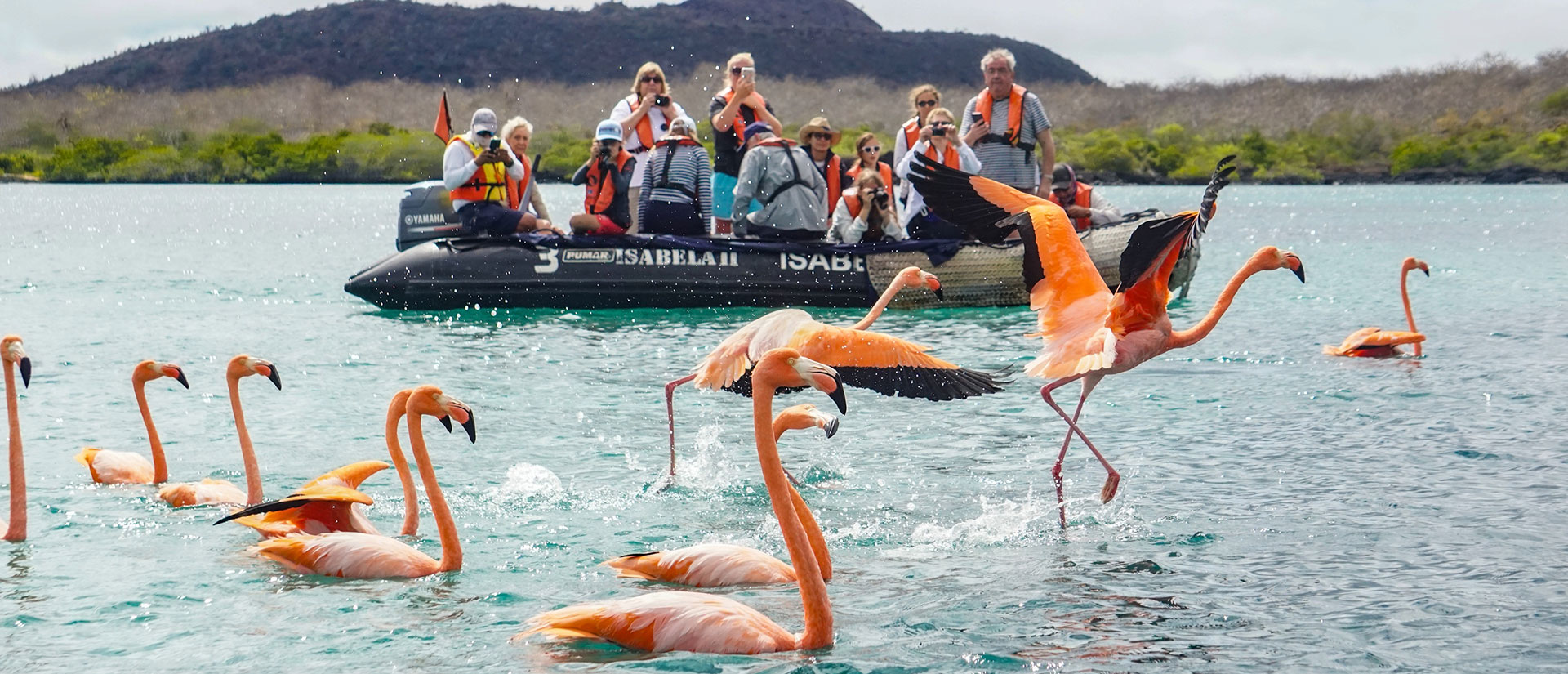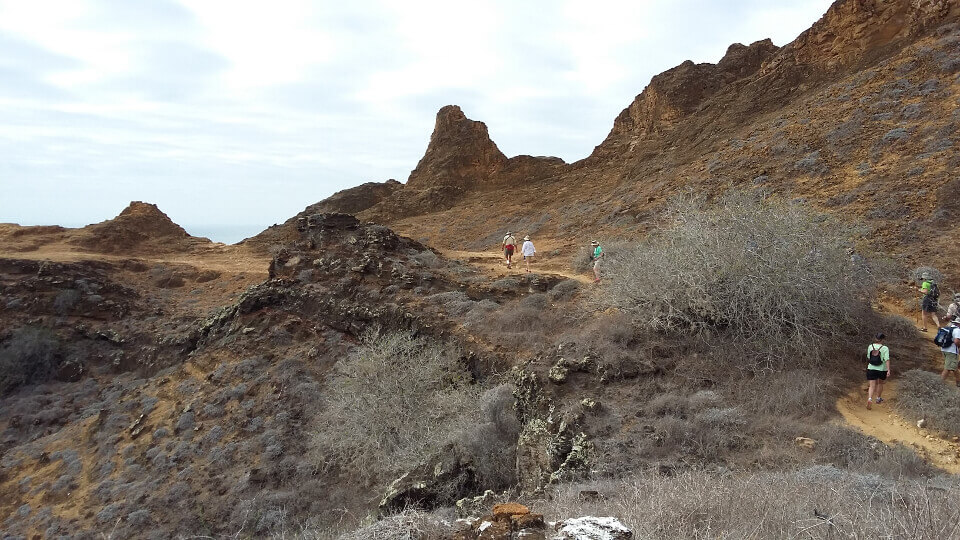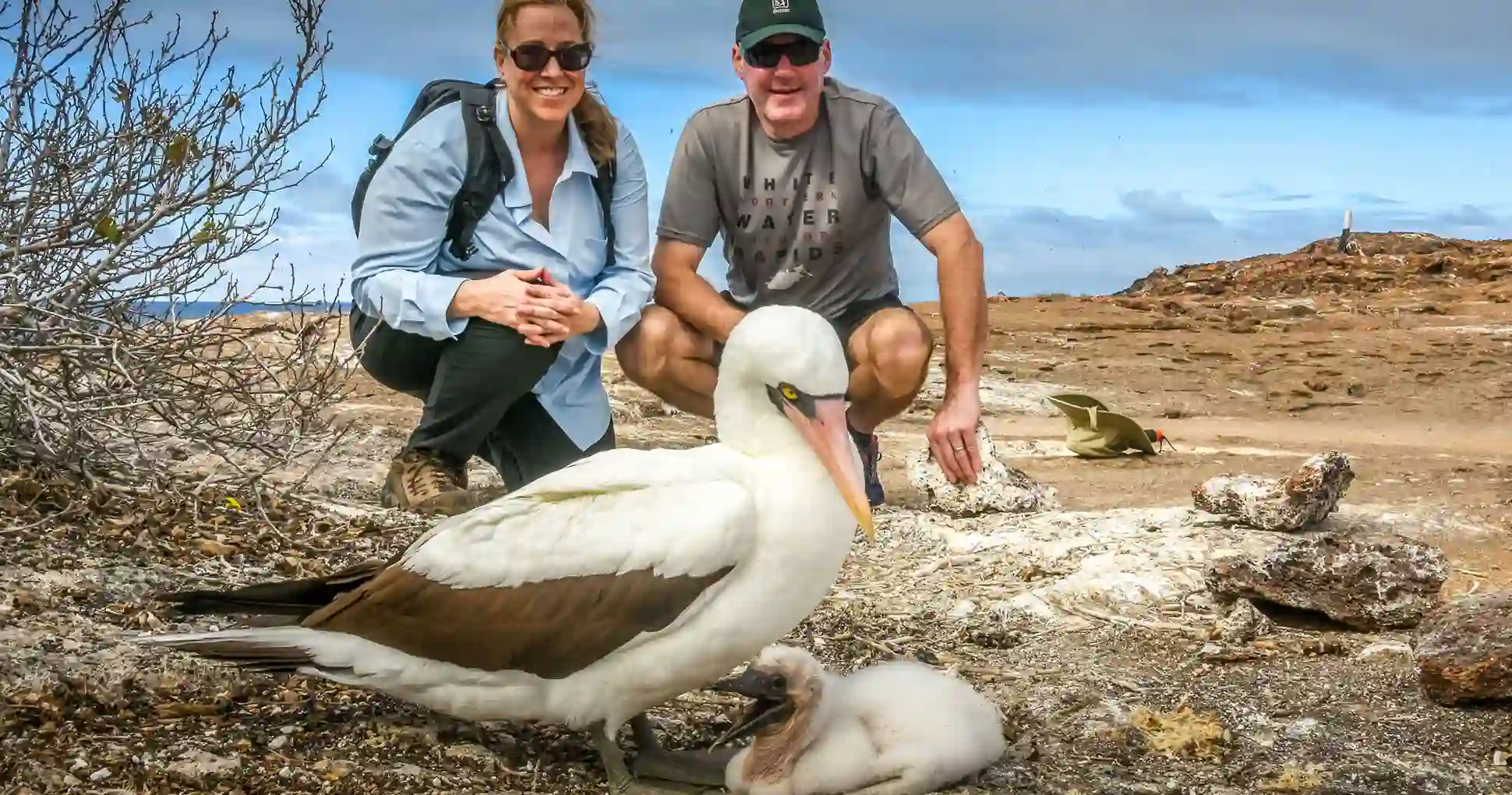
The cost of a journey to the Galapagos is often the subject of curiosity for prospective tourists, especially when looking at tour packages.
It goes much beyond the fact that the nation utilizes the US Dollar as its official currency, though, since there is actually much more to the cost than first meets the eye. The Galapagos Islands are not, by any means, a spot reserved for the world’s wealthiest people; in fact, there is a method to visit the islands without going broke.
“Why are the Galapagos Islands so expensive?” a lot of people inquire, “especially when it’s a part a developing country like Ecuador.”
No, they don’t cost quite that much. That being said, their isolation is mostly attributed to its price tag. Not to mention that they are listed as a World Heritage Site.
These two factors effectively work as a passive and active “tax,” so to speak, driving up the cost of travel to the archipelago significantly (and that’s before you include in flights as well). We urge you to read this blog to learn more about the factors driving up the cost of a trip to the Galapagos Islands.
The 8,000 square kilometer (3,030 square mile) Galapagos Islands are situated 926 kilometers (575 miles) off the coast of Ecuador. The 19 islands that make up the archipelago are home to 4 resident populations and 13 popular tourist destinations. The islands are reached by air in two hours from Quito and an hour and a half from Guayaquil.
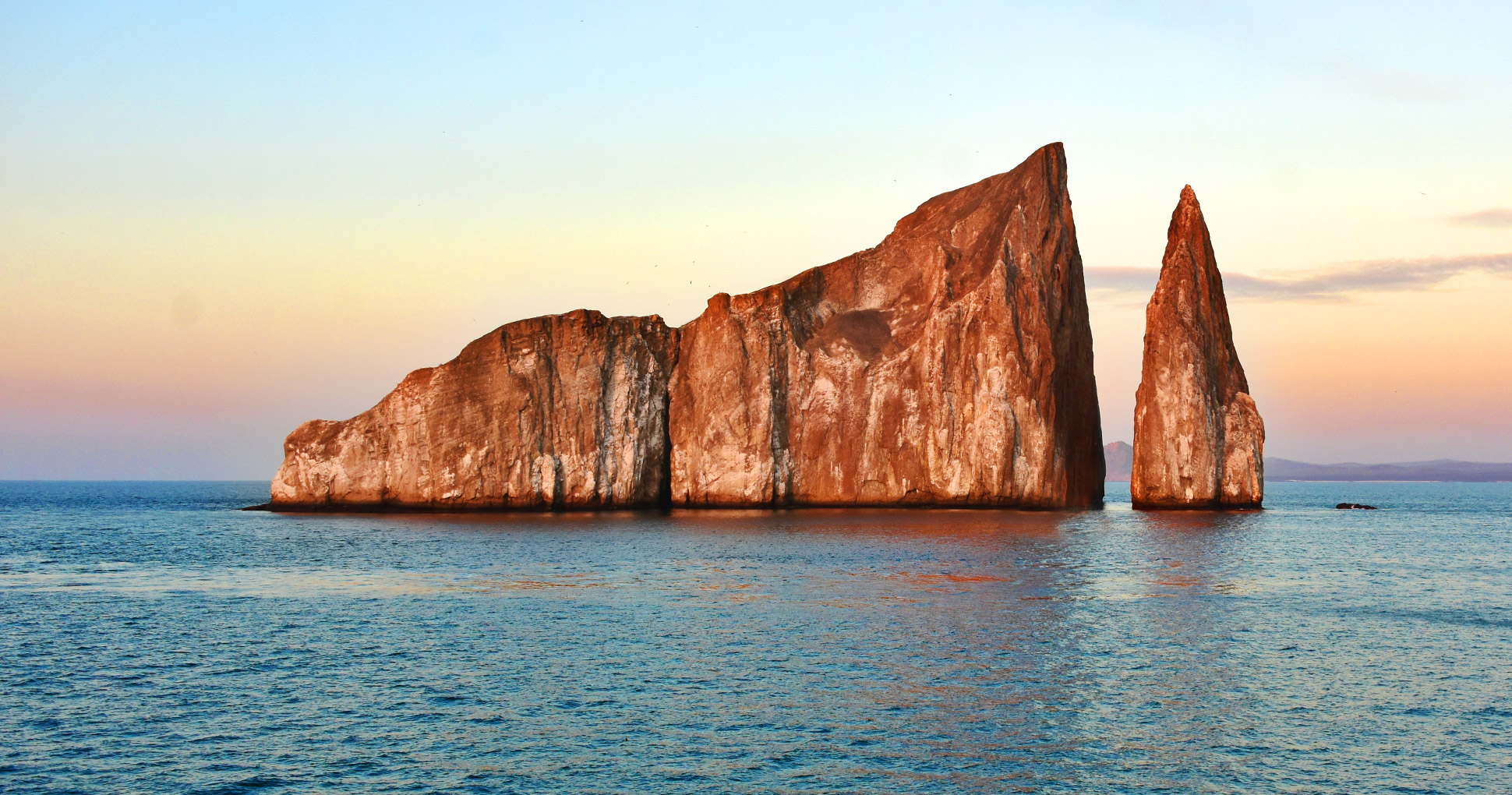
Galapagos Islands Kicker Rock
However, the journey to the Galapagos Islands from the mainland requires a two to three-day container boat, and this is when the costs start to rise. Transporting products, services, and fuel—which isn’t subsidized as it is on the mainland—to and from the archipelago is therefore exceedingly costly. Furthermore, all goods traveling to the archipelago must be screened before they reach the islands; as a result, goods in the Galapagos become rather pricey to purchase.
The islands’ remote location doesn’t help either, as just 3% of their total area can support crops of any kind for a population of about 25,000 people. This makes agricultural self-sufficiency extremely difficult. The islands of Floreana and San Cristobal are permanently supplied with fresh water; other islands, such as Santa Cruz Island, rely on desalination plants to process water drawn from grietas, or lava rock fissures.

Sea Lions On A Beach In The Galapagos Islands
All in all, these are significant contributing reasons to the comparatively higher-than-expected cost of a trip to the Galapagos. The bright side is that, despite everything, you can be sure to have excellent service and experiences if you choose the correct type of Galapagos trip.
That is just what the Yacht Isabela II Galapagos trip offers, and it guarantees to give you the greatest experience in the Galapagos at a completely unbiased cost.
Some claim that enormous power entails immense responsibility. Especially when you substitute “unique species and pristine landscapes” for the term “power,” the Galapagos are no exception to this rule. As the custodian of this “power,” the Galapagos National Park (sometimes shortened as GNP) works tirelessly to preserve and protect the Galapagos Islands to the greatest degree feasible.

Galapagos Islands: Floreana Island
But these endeavors are not inexpensive. It is now more likely that invasive or introduced species may end up on the islands due to the rapid rate of human growth in densely populated regions, whether via migration, tourism, or commerce. That being said, the numerous checks and balances and level of oversight required to preserve the Galapagos Islands (in the greatest degree of their original state) need persistently opposing the current of human migration. The GNP has been enforcing stringent steps to tighten oversight since 2007. One such policy is the need that all visitors outside of populated areas (i.e., visits to the National Park proper) be accompanied by GNP trained guides.
Ultimately, these requirements and initiatives have resulted in the establishment of not one, but two significant and mandatory fees that guests are required to pay. One is the $20 INGALA Transit Control Card, which facilitates the tracking of those entering and leaving the Galapagos. One way to support the park’s preservation and well-being is by paying the $100 GNP charge for adults and $50 for youngsters. Below is a summary of where these go for those who are curious:
The national park specifically states that: “Funds from the entry tax for tourists are used to finance the conservation of biodiversity of flora and fauna, terrestrial and marine, and benefits the local community by improving basic services, education projects, sports, health, environmental sanitation, environmental services and services directly related to tourists.”
Overall, the collaboration between park and migratory authorities contributes to the preservation of the islands’ unspoiled charm and the extraordinarily rare species that call them home. Although these costs may appear exorbitant, you may rest easy knowing that the money is all going to the appropriate charity. Furthermore, what more? Ultimately, taking a trip to the Galapagos becomes more than just enjoying an amazing location—it also becomes an opportunity to support ongoing conservation efforts and the preservation of this unique region of our planet.
onal Park itself).
In the end, such conditions and efforts have led to the creation of not just one, but two important and obligatory fees visitors must pay. One is the INGALA Transit Control Card ($20) that helps the Galapagos keep track of who is coming in and out of the archipelago. The other is the GNP fee (adults $100, children $50), which contributes to the wellbeing and conservation of the park itself. For the curious, the following is a breakdown of where these go:
The Galapagos National Park specifically states that:
“Funds from the entry tax for tourists are used to finance the conservation of biodiversity of flora and fauna, terrestrial and marine, and benefits the local community by improving basic services, education projects, sports, health, environmental sanitation, environmental services and services directly related to tourists.”
Overall, the collaboration between park and migratory authorities contributes to the preservation of the islands’ unspoiled charm and the extraordinarily rare species that call them home. Although these costs may appear exorbitant, you may rest easy knowing that the money is all going to the appropriate charity. Furthermore, what more? Ultimately, taking a trip to the Galapagos becomes more than just enjoying an amazing location—it also becomes an opportunity to support ongoing conservation efforts and the preservation of this unique region of our planet.
